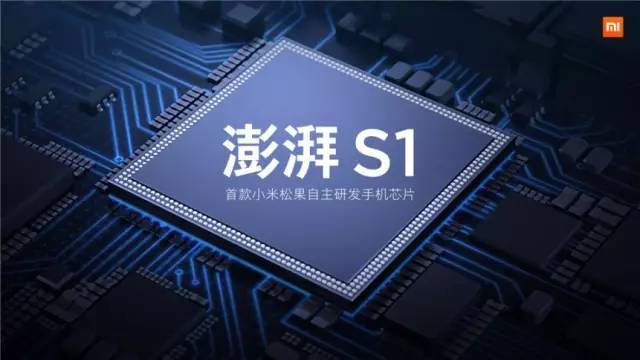Xiaomi has just officially launched its first self-developed processor, the Surge S1, which is manufactured using TSMC’s 28nm process. However, the latest news indicates that Xiaomi’s second self-developed processor, the Surge S2, is about to enter mass production.
Currently, the Xiaomi Surge S2 has completed sample testing and is manufactured using TSMC’s 16nm process technology. The SoC is expected to feature eight ARM Cortex-A53 cores. It is planned to go into production in the third quarter of 2017 and to be released alongside Xiaomi’s new smartphone in the fourth quarter of 2017. The Xiaomi 6S or Xiaomi 6C is most likely to be powered by the Surge S2.
Qualcomm, MediaTek, and Samsung have adopted 10nm process technology for their products, while Xiaomi continues to use 16nm process technology for the Surge S2. People infer that there are two reasons why the S2 doesn’t use 10nm process technology. One reason is that TSMC’s 10nm process is focused on producing the Apple A11 processor, so it has no time to deal with Xiaomi’s Surge S2. The other reason is that the current 10nm process is expensive, making it difficult for a new chip manufacturer to afford.
The Surge S2 process technology is significantly lagging behind the 10 nm process. But after all, Xiaomi has just entered the field of new chips, and upgrading chips twice a year is a new challenge for Xiaomi. However, the process technology of this chip has been upgraded compared to the Surge S1.
